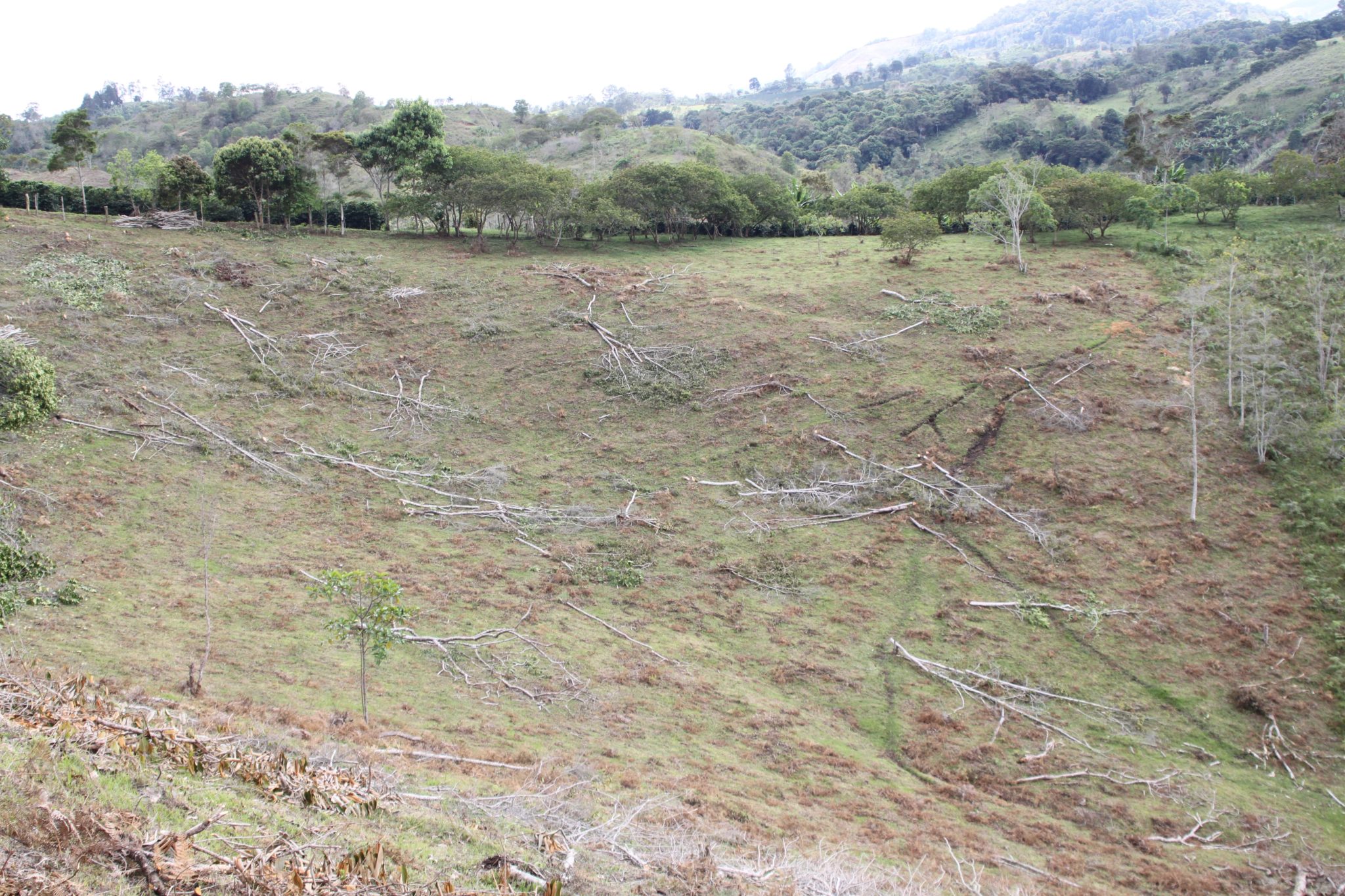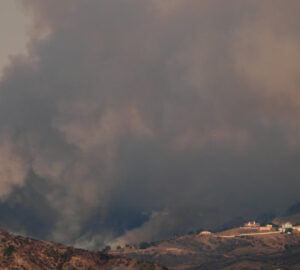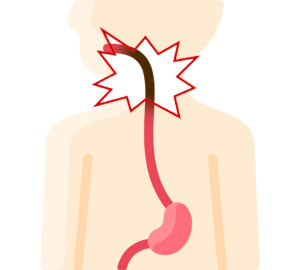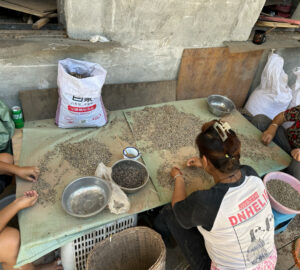If you’ve been a reader of Sprudge over the past few years, you’ve no doubt heard us talk about the many different usages for coffee pulp. More than just cascara (and carscara moonshine), coffee pulp and/or chaff has been used as a salve, to make drinkware, even car bumpers. And the newest researched use for this byproduct of coffee growing isn’t new at all, but one of coffee pulp’s original uses: soil amending. A new study finds that coffee pulp may be the key to reforestation.
Long before consumers took an interest in finding alternate uses for coffee pulp, the best bet for keeping it from going to waste entirely was composting the nutrient-rich byproduct to use as fertilizer. As reported by Anthropocene, coffee pulp’s efficacy to that end may be even greater than originally thought.
For the study recently published in the journal Ecological Solutions and Evidence, researchers from the University of Hawaiʻi at Mānoa Rebecca J. Cole and Rakan A. Zahawi wanted to explore how nutrient-rich agricultural byproducts—coffee pulp, fruit peels, etc.—could lend themselves to helping overcome issues with tropical forest recovery. To find out, Cole and Zahawi examined two similarly-sized adjacent plots of land in southern Costa Rica, both of which had undergone heavy deforestation dating back to the 50s and now covered in non-native pasture grass. To one plot, a half-meter deep layer of unprocessed coffee pulp was added; the other plot received no such amendment and served as the control group.
Over the course of the next two years, the researchers “measured changes in soil nutrients, ground cover, understory vegetation, tree establishment, and canopy cover” of the two plots. They found that after two years, soils amended with coffee pulp had substantially higher levels of carbon, nitrogen, and phosphorus. The ground cover of the coffee pulp plot had changed significantly as well; the pasture grass was gone entirely and in its place were a variety of herbaceous plants and leaf litter. Trees and shrubs grown in the coffee pulp plot had 30 times the diameter and 20 times the stem density of those in the control group, and the overall canopy height was four times higher.
Though the results show great promise, Cole and Zahawi note that more research at multiple testing sites over a longer timeframe is needed before the viability of the coffee pulp as a reforestation tool can be understood. But if the initial findings are any indication, turning what is often waste into an effective means of regrowing forest lands is a win-win.
Zac Cadwalader is the managing editor at Sprudge Media Network and a staff writer based in Dallas. Read more Zac Cadwalader on Sprudge.

































